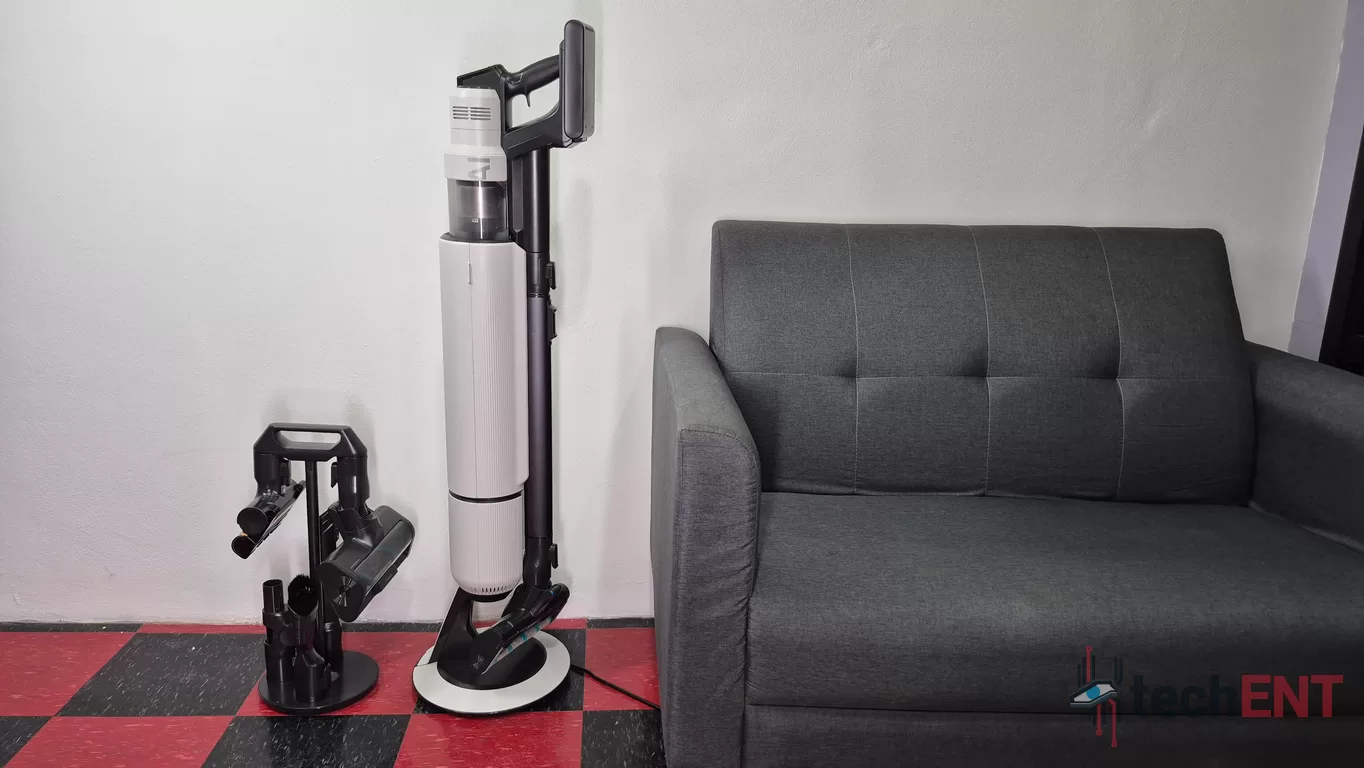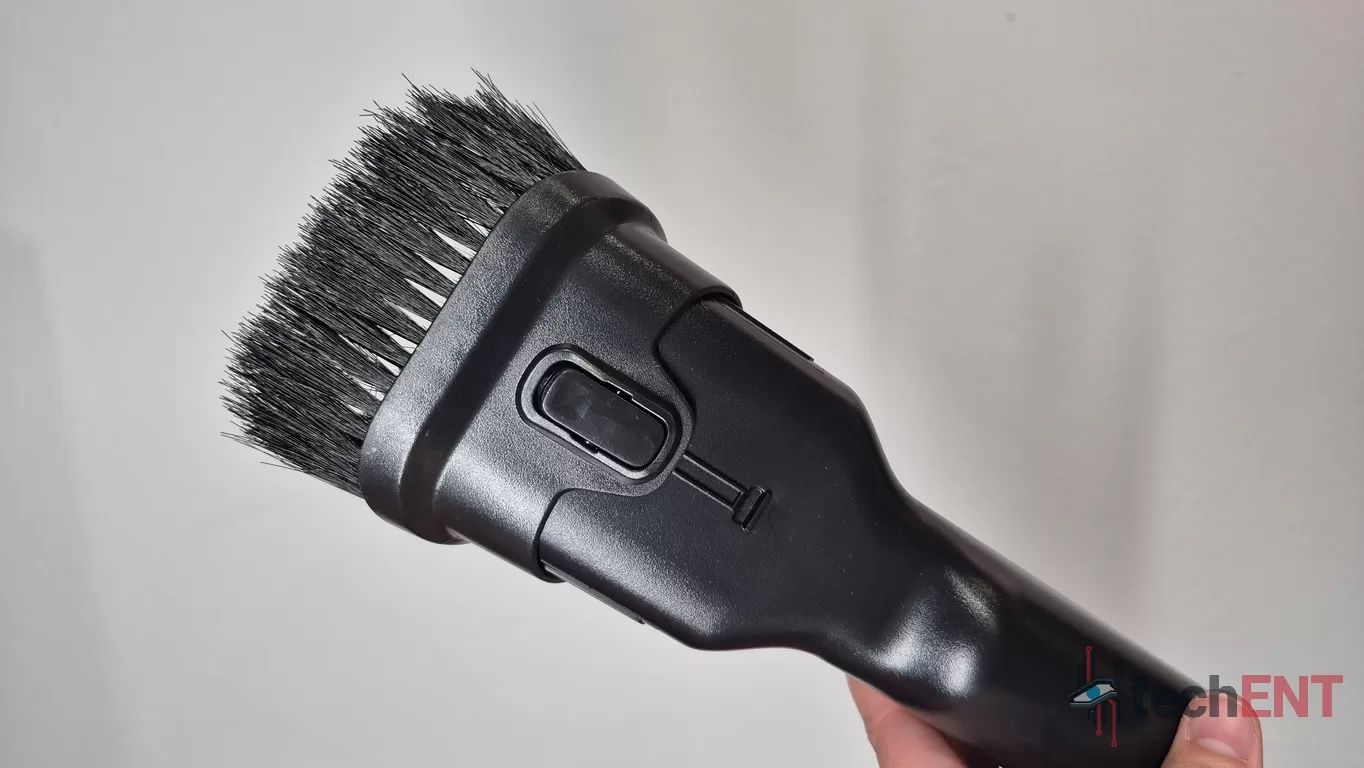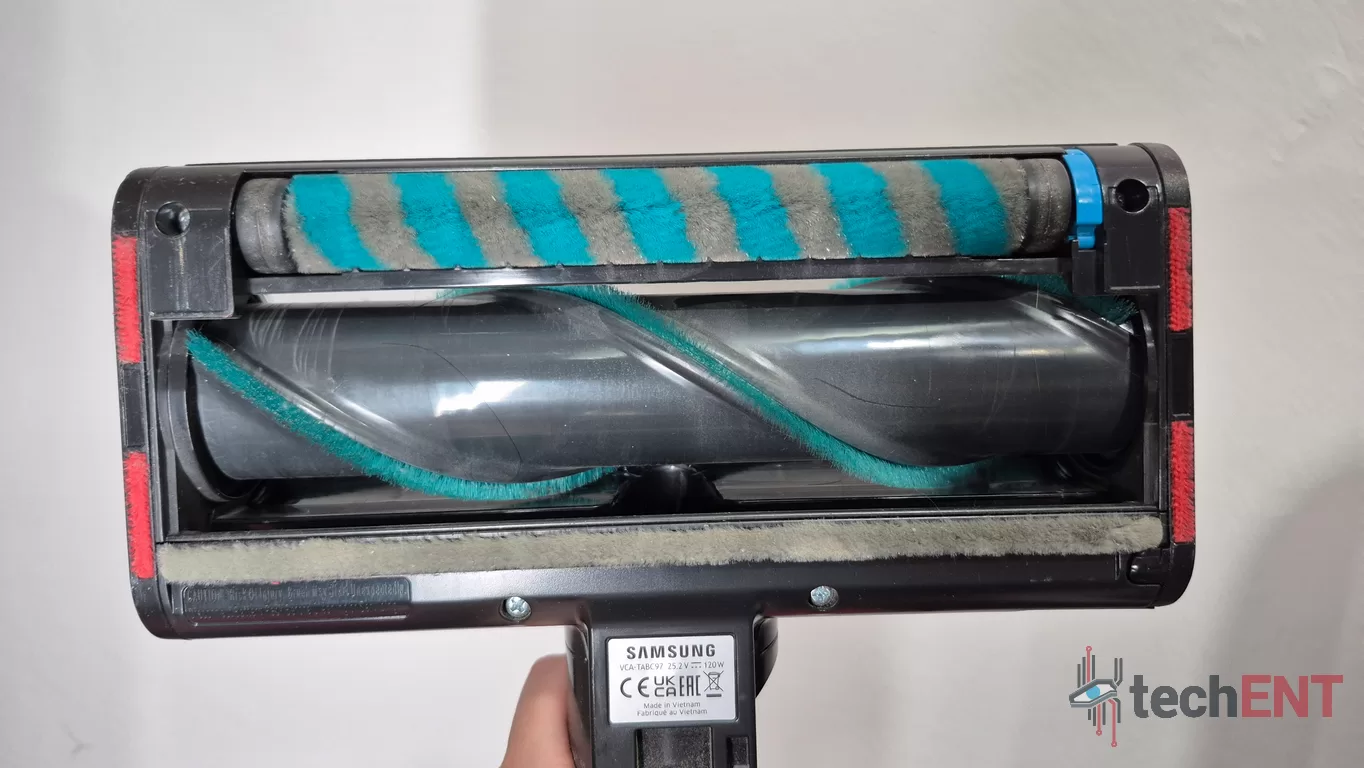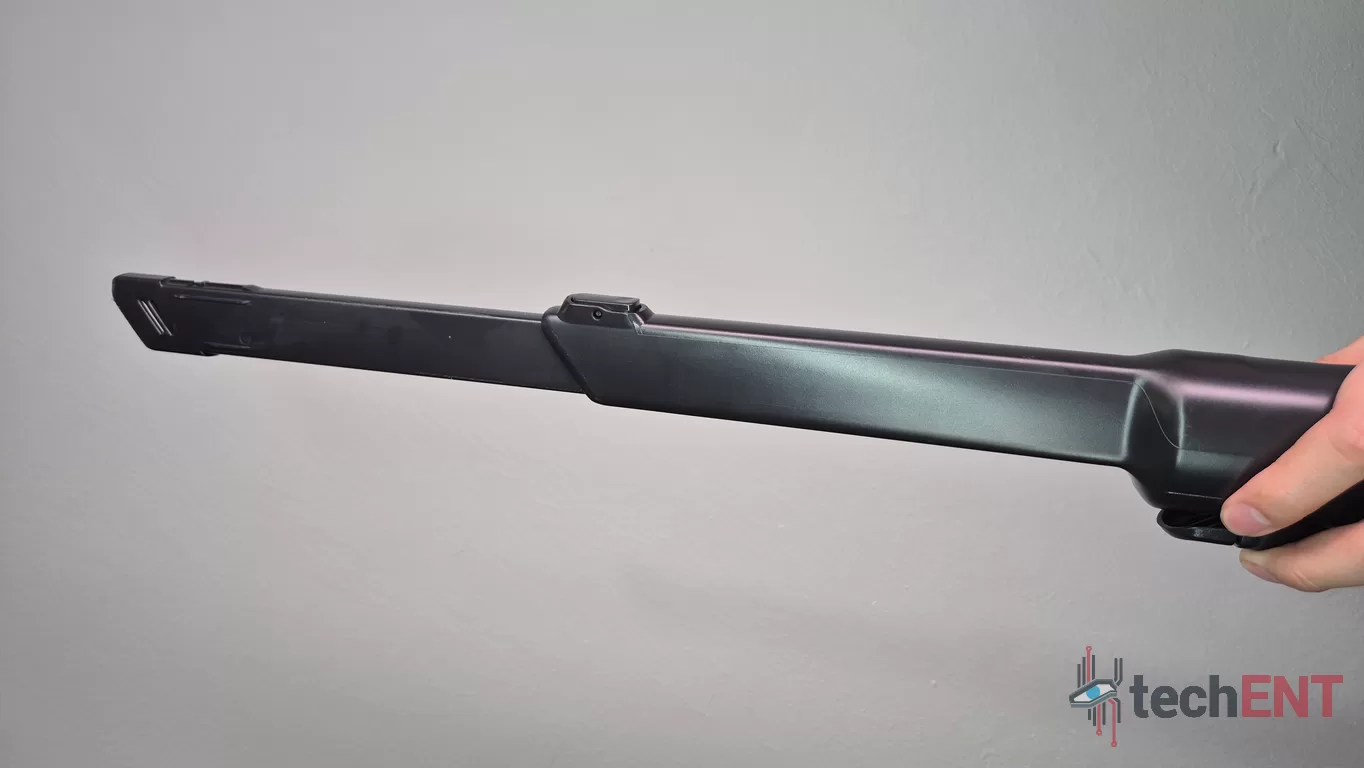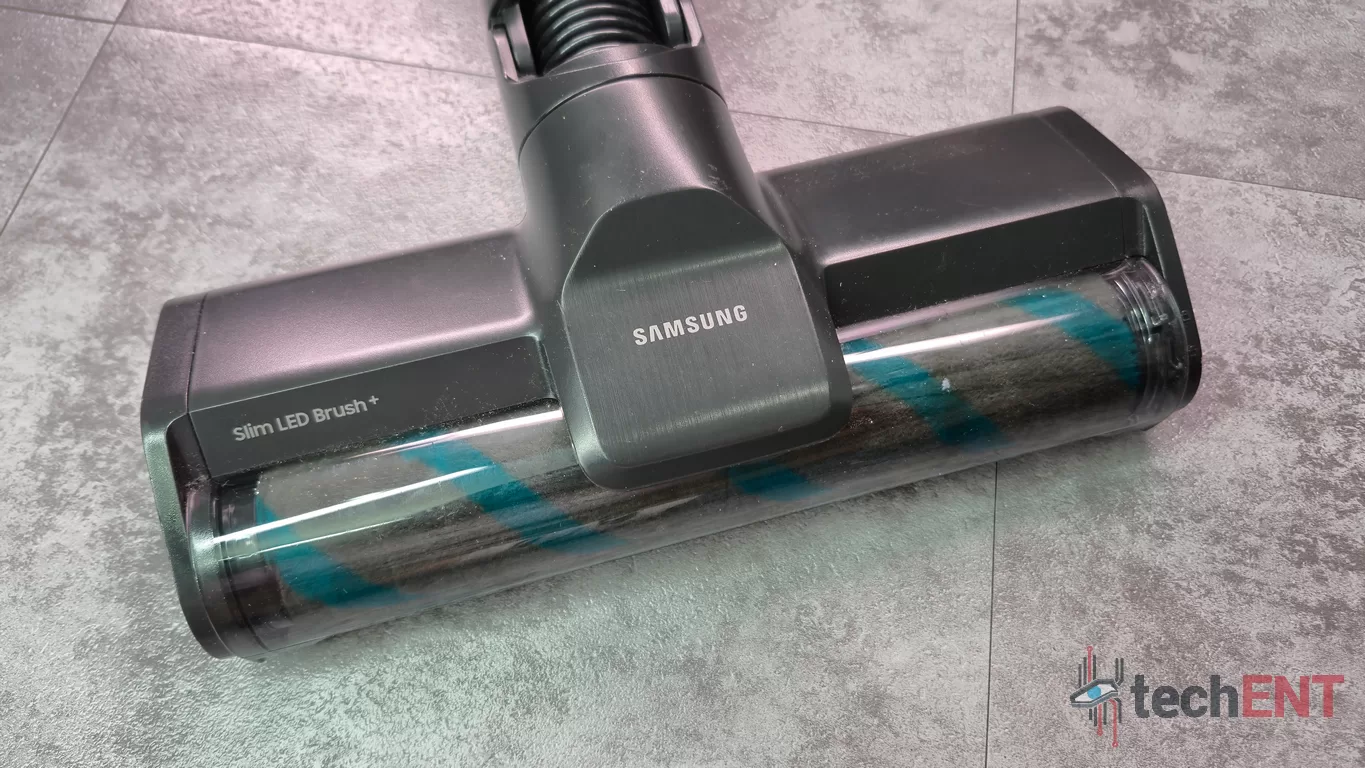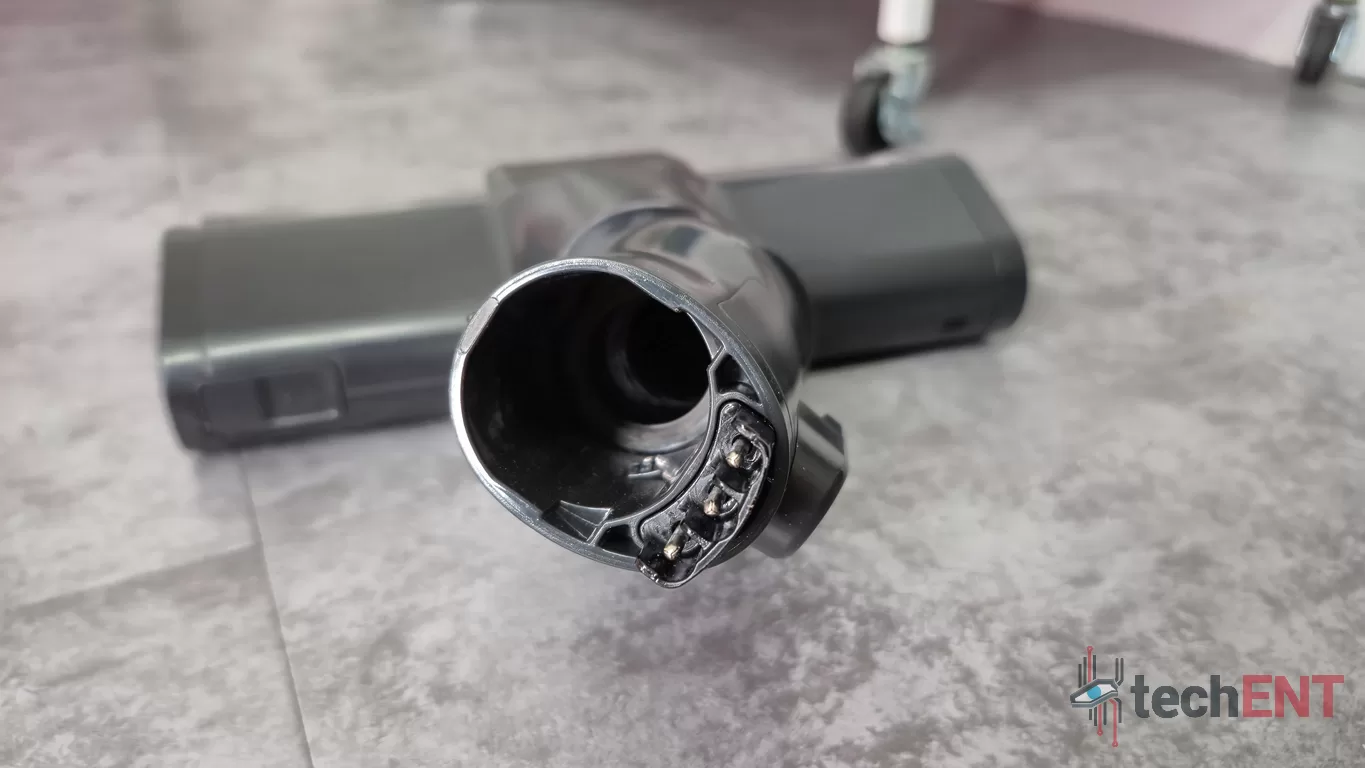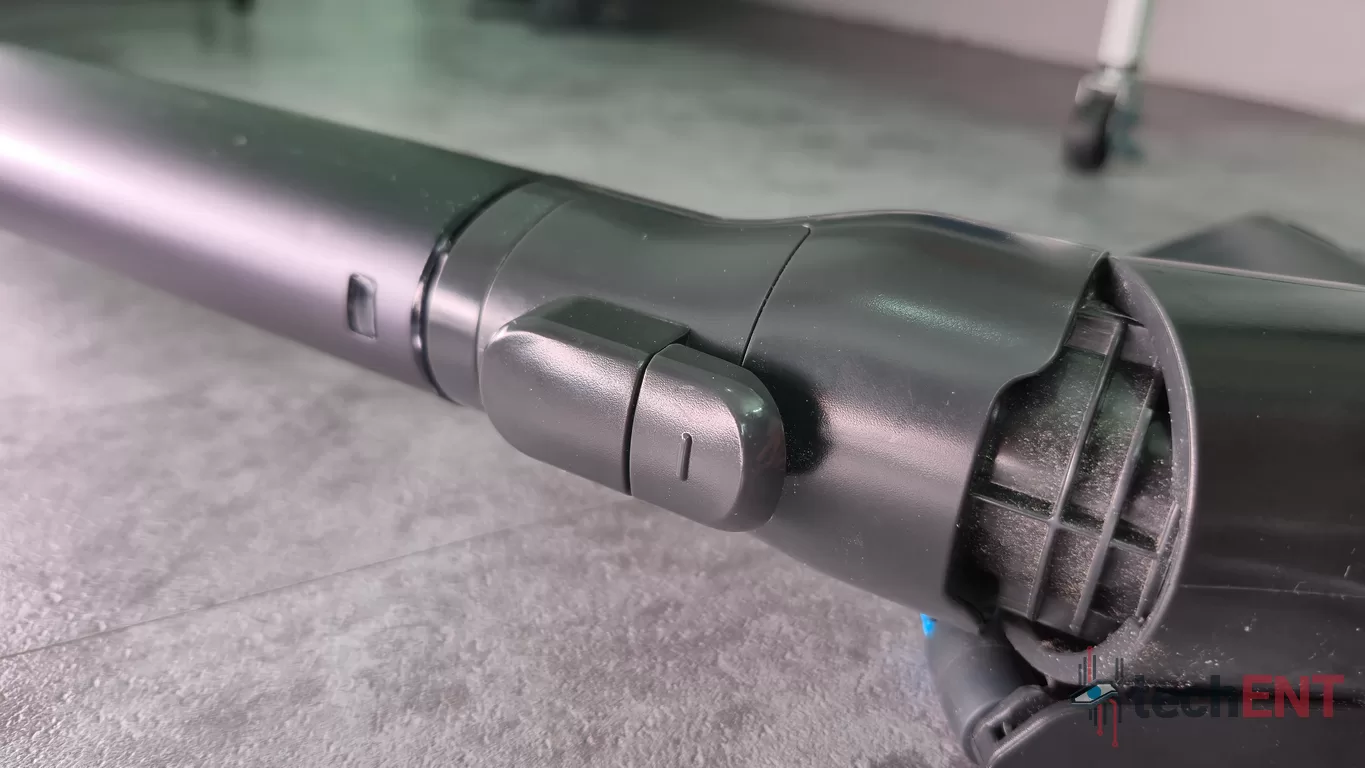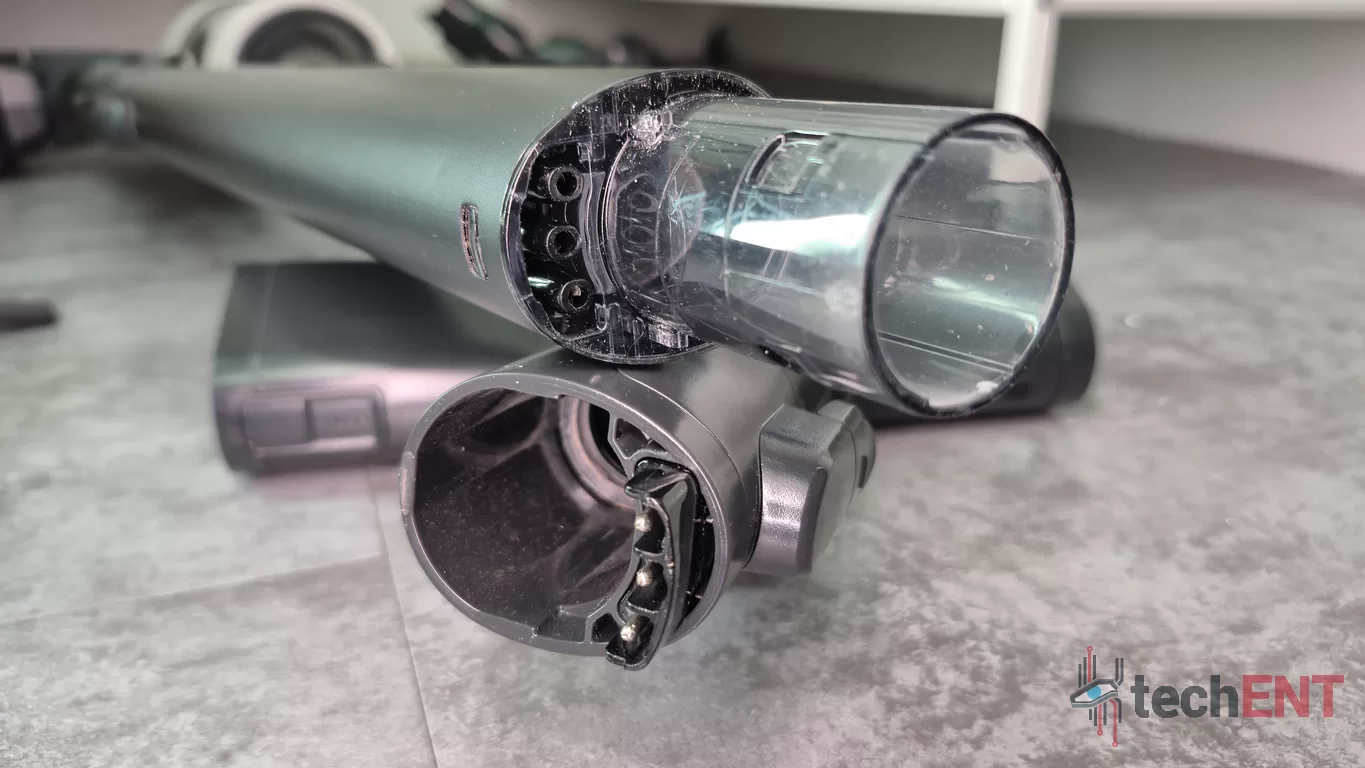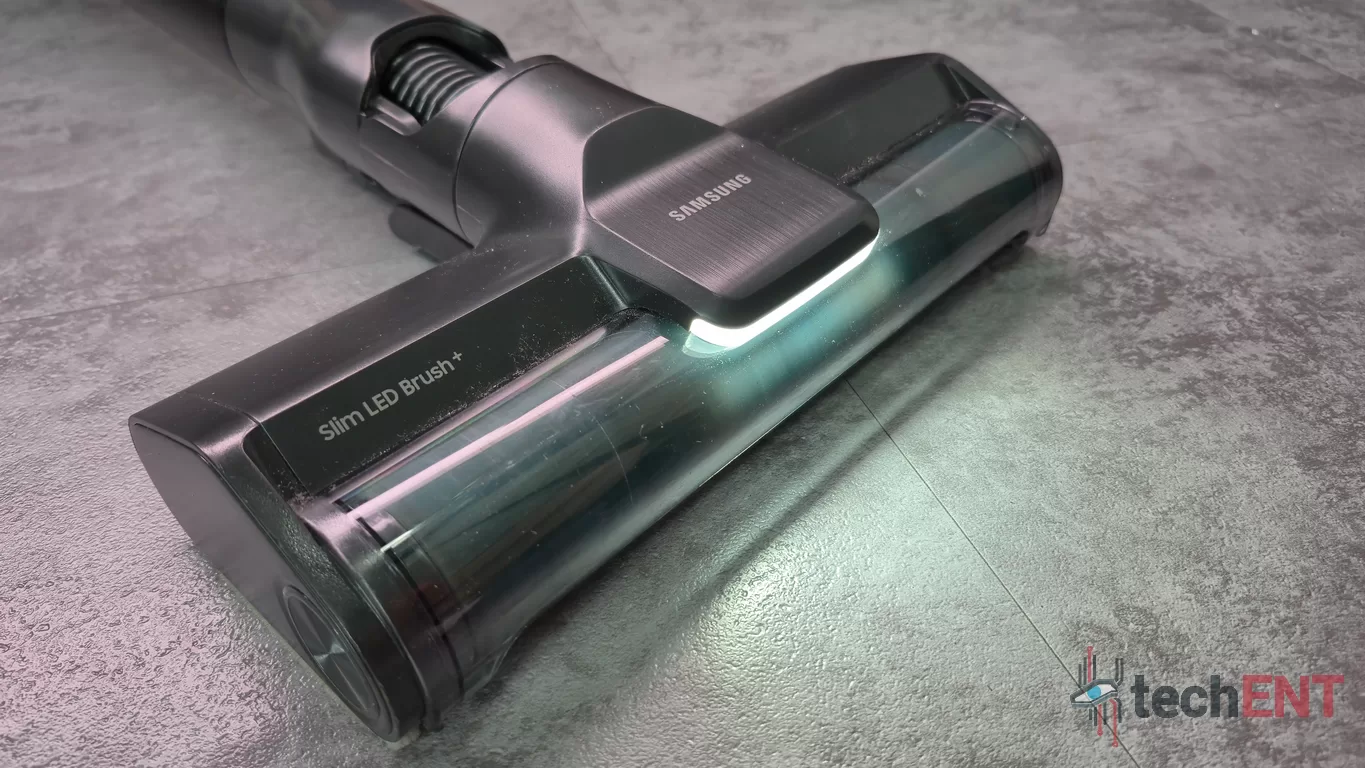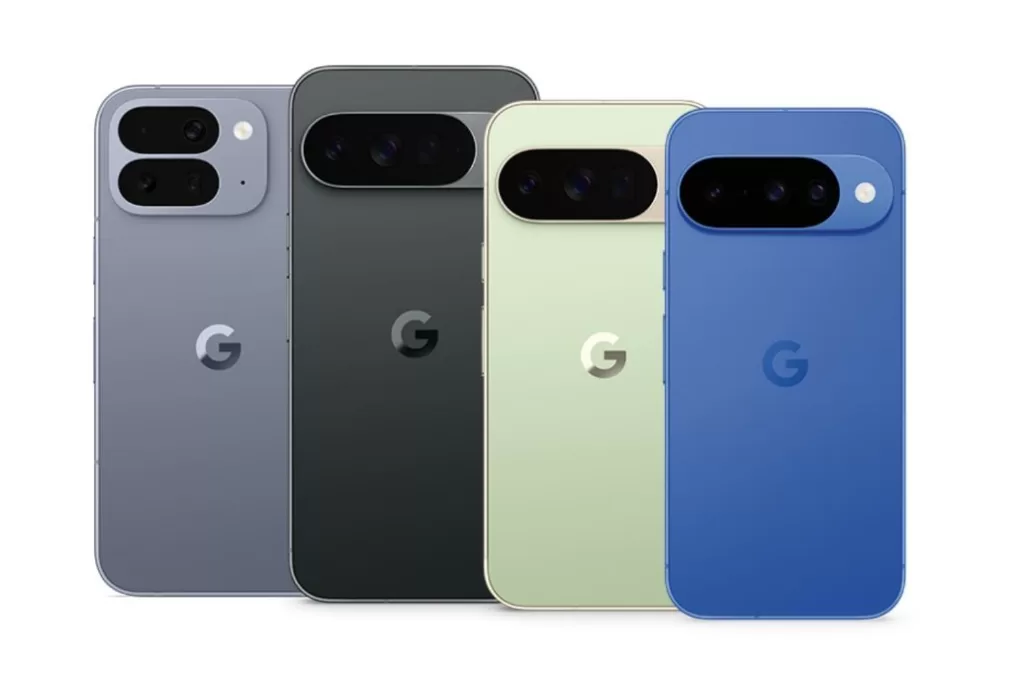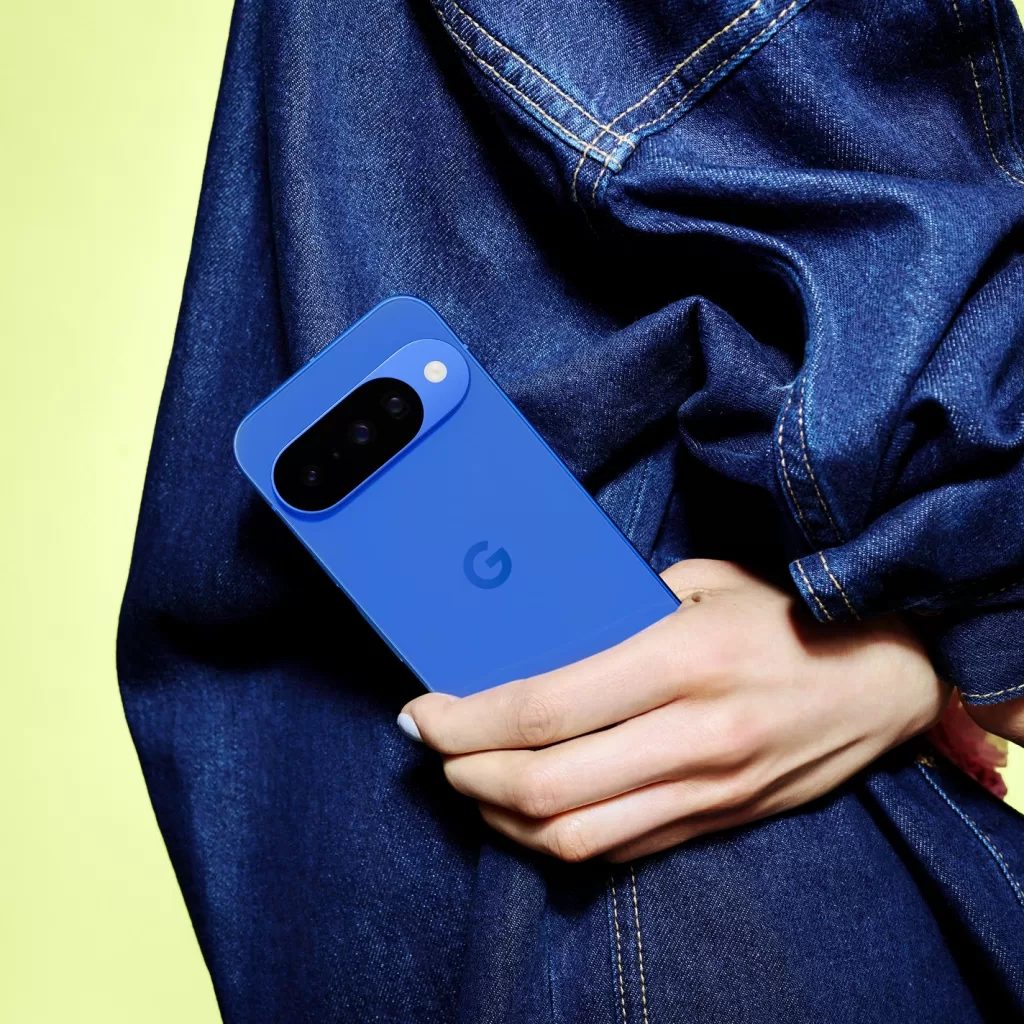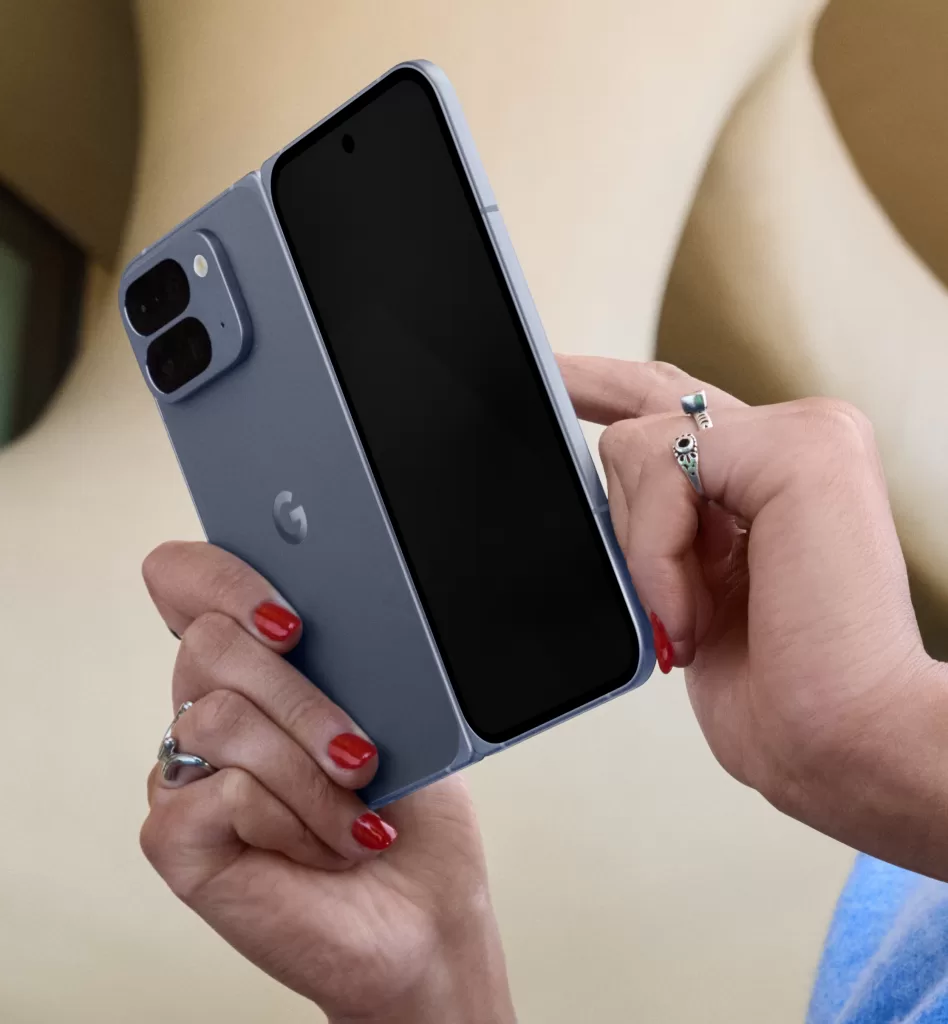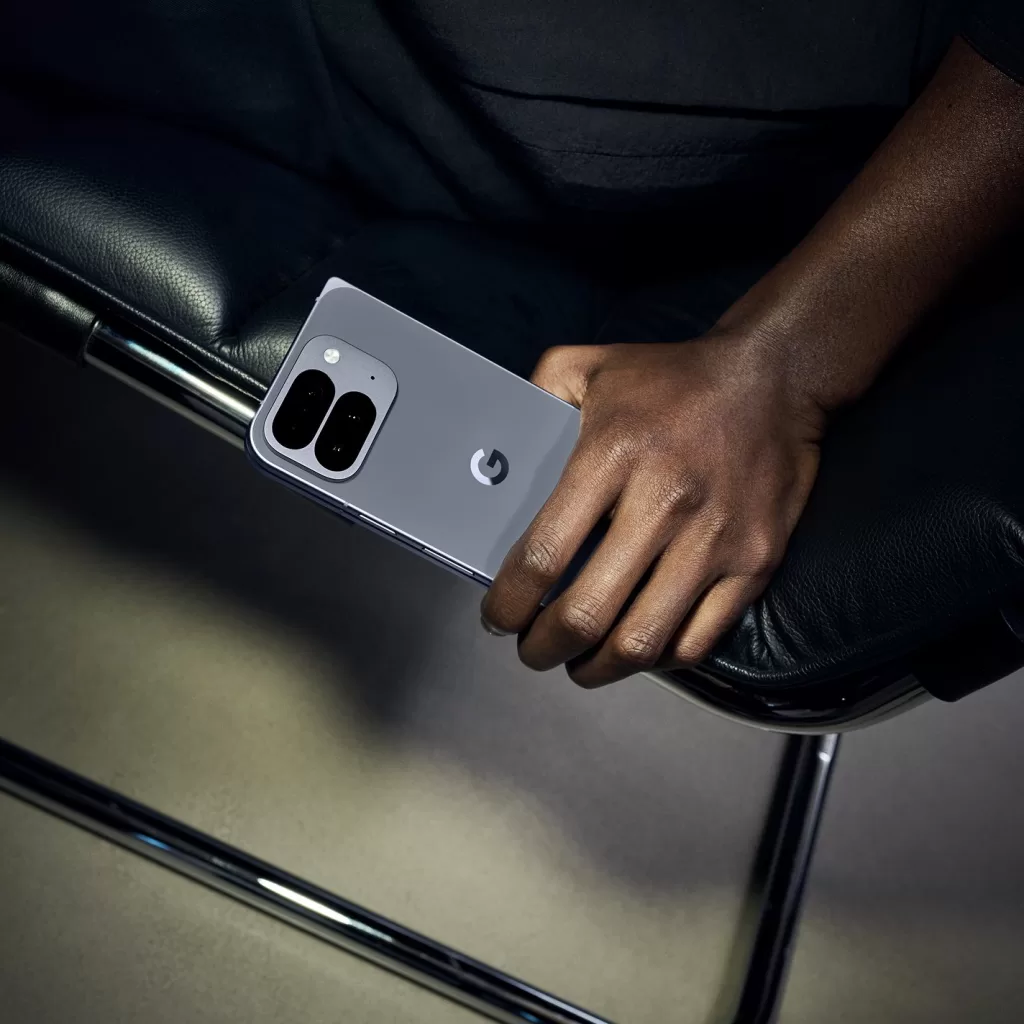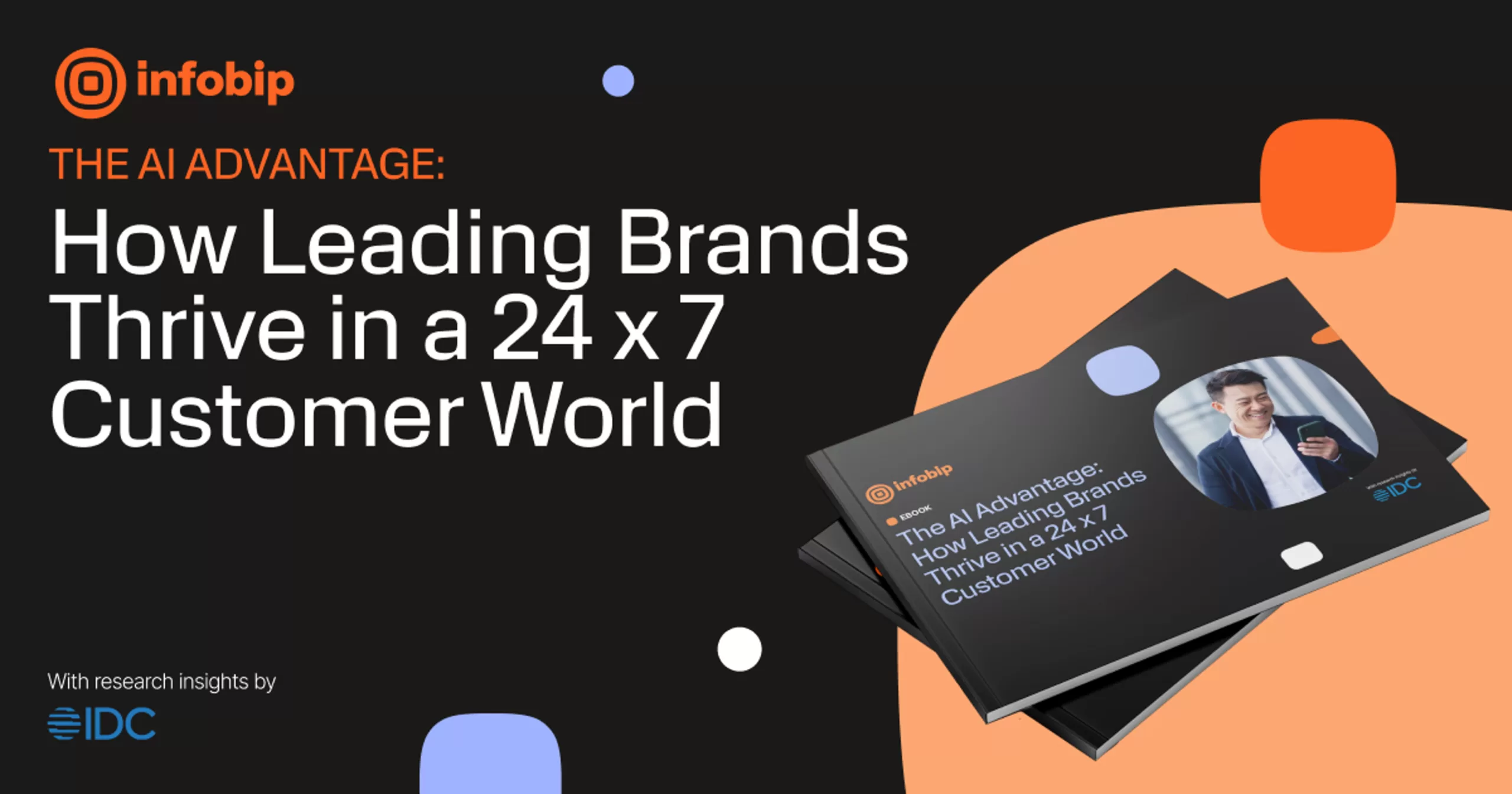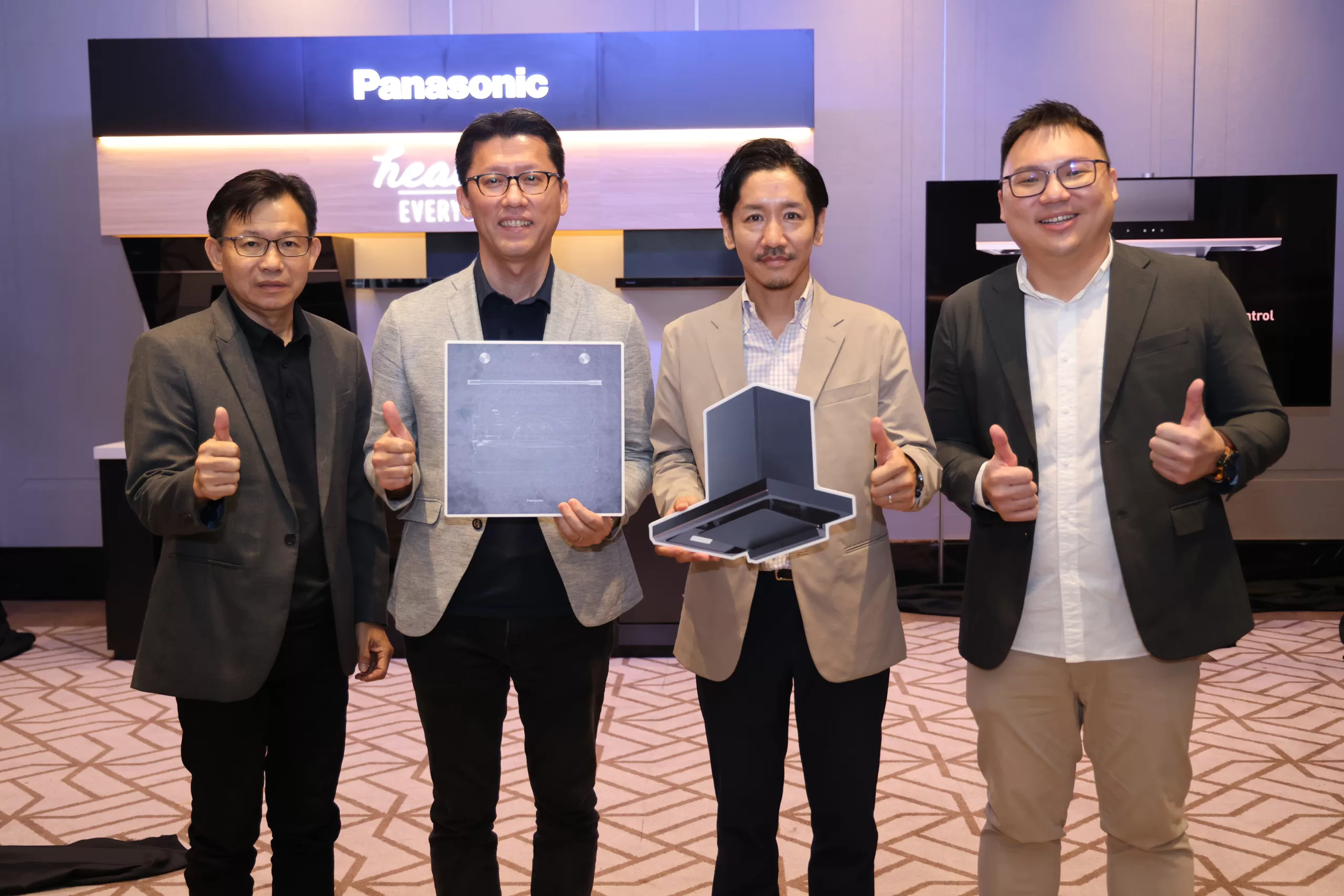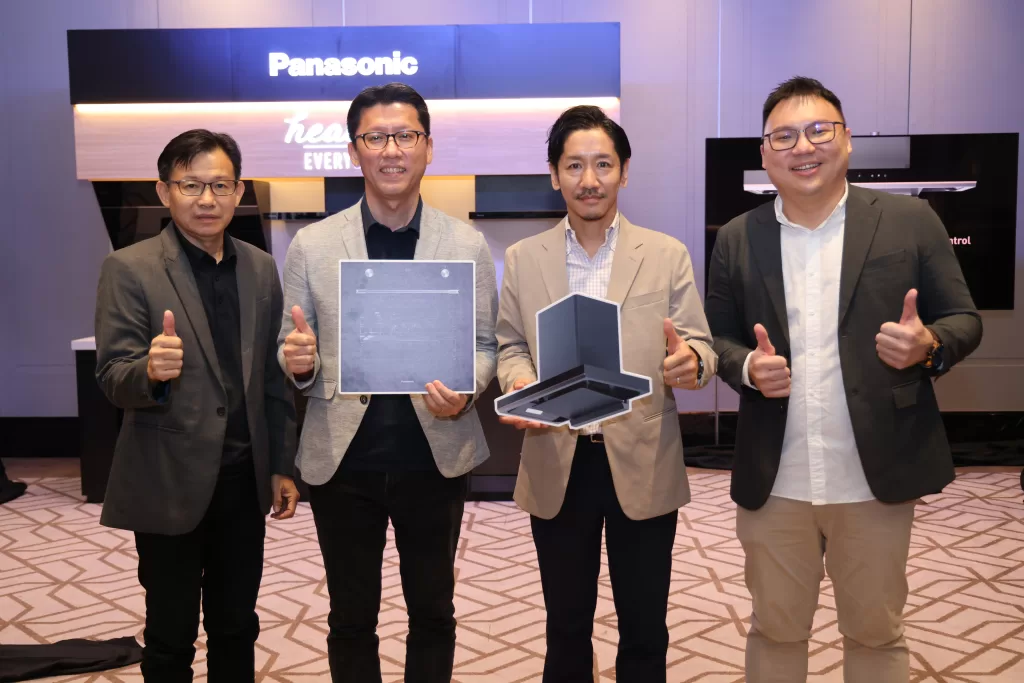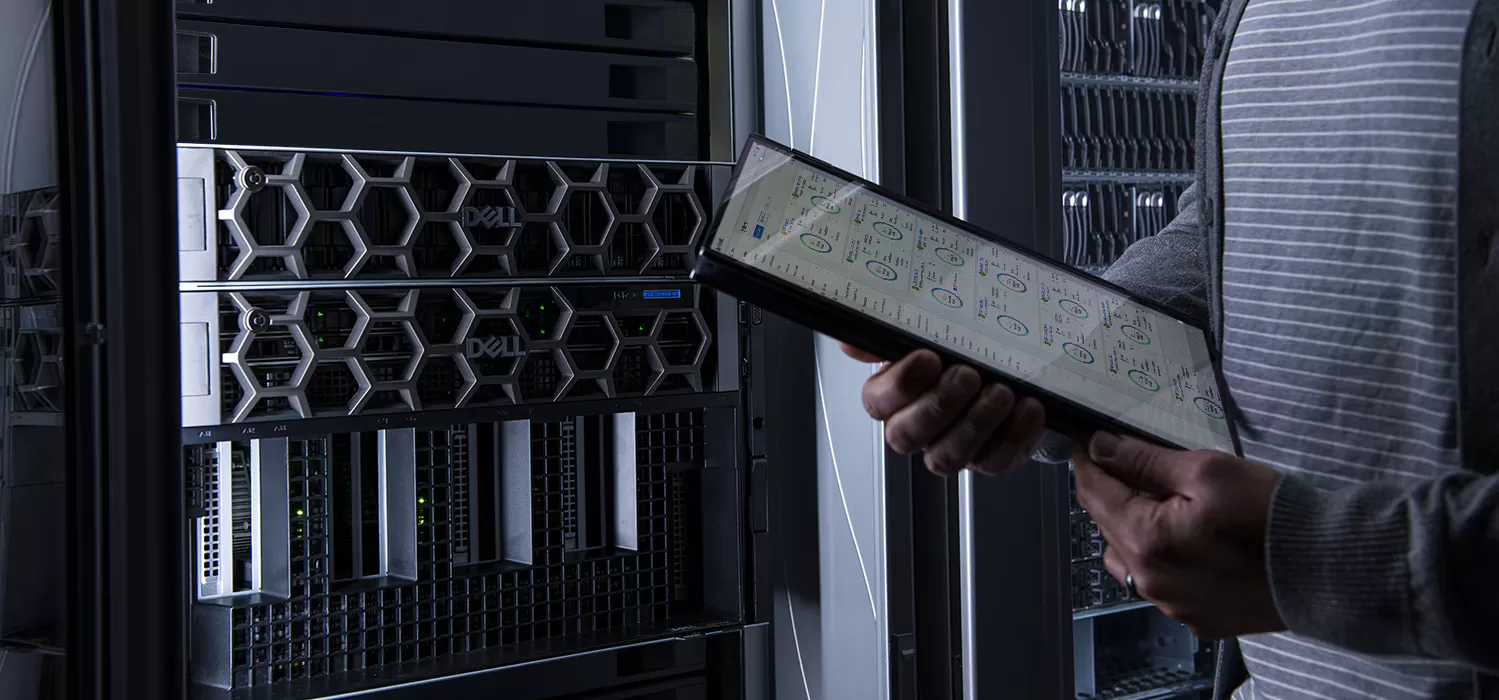This article is contributed by Varinderjit Singh, General Manager, Lenovo Malaysia
What is the best working model for your organisation today? This is a pressing issue which is being considered by leadership teams around the world. Four years after the initial pandemic-related lockdowns, many organisations are still experimenting with different models as they face difficult economic realities. While some have mandated a full return to the office to encourage in-person collaboration, others have embraced fully remote setups, leveraging cloud technologies to allow employees to work from anywhere.
Most organisations sit somewhere in between what have now become the two bookends of the workplace debate.
Hybrid is here to stay
What is clear is that some form of hybrid workplace has become the most popular approach, combining the flexibility of remote work with the advantages of in-person interaction. In many ways, this model has become a defining feature of the modern working world. According to a study by the Malaysian Employers Federation (MEF), over 70% of companies in Malaysia are increasingly adopting hybrid and flexible work models. Employees appreciate the autonomy, the ability to accommodate family and home demands, and the cost savings, while businesses benefit from maintaining opportunities for collaboration when necessary and improved employee morale.
While many employees are enjoying the benefits, the hybrid office presents significant challenges for IT departments. Traditionally, devices and infrastructure have been managed on-site, and IT managers have been able to see and directly interact with their infrastructure. With hybrid setups, IT teams must now handle devices remotely, onboard users from afar, and ensure secure digital workspaces for distributed teams.

This is where AI-powered solutions can help ease the friction. At Lenovo, we’ve seen the value of these tools first-hand—including in the devices we use ourselves. For example, our Lenovo ThinkPad X1 Carbon Gen 13 Aura Edition operating on Windows 11 Pro. Seize the moment with the security to thrive anywhere and the performance to meet your boldest goals. Windows 11 Pro devices are easy to use and manage, with AI-enhanced efficiency and compatibility with existing technology, including mission-critical apps and hardware.
The additional hybrid workload for IT departments
A successful hybrid workplace relies heavily on digital tools for communication and collaboration. Video conferencing, hot-desking hardware and meeting room technologies are essential for employees alternating between home and the office. Managing this growing ecosystem adds pressure on IT departments, often leaving little room for innovation or long-term planning. Recent research found that 60% of IT leaders reportedly lack a clear plan for adopting next-generation technologies like AI, while employees currently spend an average of 23 minutes per day resolving technical issues. These disruptions, though seemingly minor, can accumulate quickly, lowering productivity and increasing strain on IT. This dichotomy shows the bind IT teams find themselves in; the time they are spending managing existing issues is already insufficient to keep on top of things, let alone finding the time to explore new areas and introduce new capabilities.
As hybrid work becomes the norm, IT departments play a crucial role in ensuring its success. They must manage complex, distributed technology environments while fostering innovation and maintaining security. They need support for the double burden they face, automating some of the processes required to keep IT systems running so that IT teams can have the space to develop new systems which offer improved productivity, reduced device downtime and enhance employee experience.
Using AI to free up the IT team for innovation
To address these challenges, Lenovo has developed an AI-powered Digital Workplace Solution (DWS) platform to ease the burden on IT departments while improving the overall employee experience. The platform, called Care of OneTM, streamlines operations, reduces technical disruptions and gives employees more control over their work environments. The platform comprises a range of solutions which automate time-consuming manual processes and provide end-users with a friction-free, personalised IT experience.
Lenovo Device Intelligence (LDI) Plus is one of the tools that help IT teams manage devices in hybrid environments. LDI Plus automates patch updates, monitors device health, and identifies potential problems before they escalate. This proactive approach minimises downtime and reduces employee frustrations by keeping devices operational, regardless of location.
Lenovo is also transforming employee engagement through its AI-powered self-service helpdesk. The helpdesk allows employees to troubleshoot and manage device upgrades independently using natural language. By bringing usage patterns into the Care of One platform, the helpdesk is able to match users to a persona and offer tailored recommendations for device optimisations. This empowers employees to resolve common device processes on their own, reducing the need for IT intervention.
Each of Lenovo’s AI-powered solutions allows IT teams to allocate time to driving digital transformation and deploying new technologies instead of being tied to routine support tasks. This means more time for strategic projects and future-proofing the organisation. For end-users, by automating routine IT tasks, empowering employees with self-service capabilities and using AI-driven insights to optimise device management, Lenovo helps businesses thrive in the hybrid workplace, offering a smoother, more productive work experience with fewer technical challenges. With proactive issue resolution and personalised support, Care of One maximises employee productivity, improving the overall hybrid work experience.
Hybrid work is proving to be more than just a temporary post-pandemic solution; it represents a permanent shift in how businesses operate. With AI as a strategic enabler, IT departments can transform hybrid work challenges into opportunities for growth and innovation. Lenovo’s Care of One platform and solutions like LDI Plus support businesses as they transition, ensuring IT teams and employees have the tools they need to succeed in today’s evolving digital landscape.
This article is contributed by Varinderjit Singh, General Manager, Lenovo Malaysia









